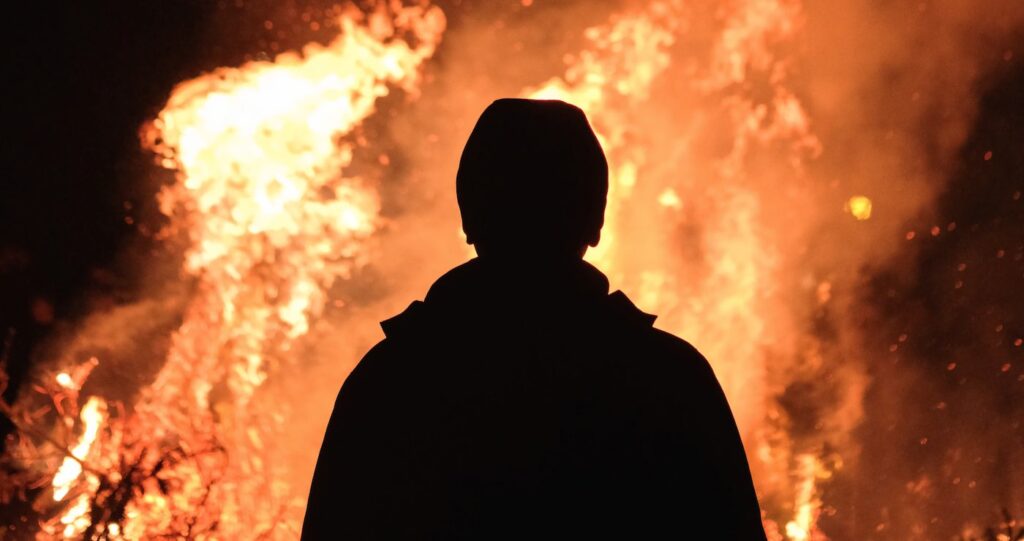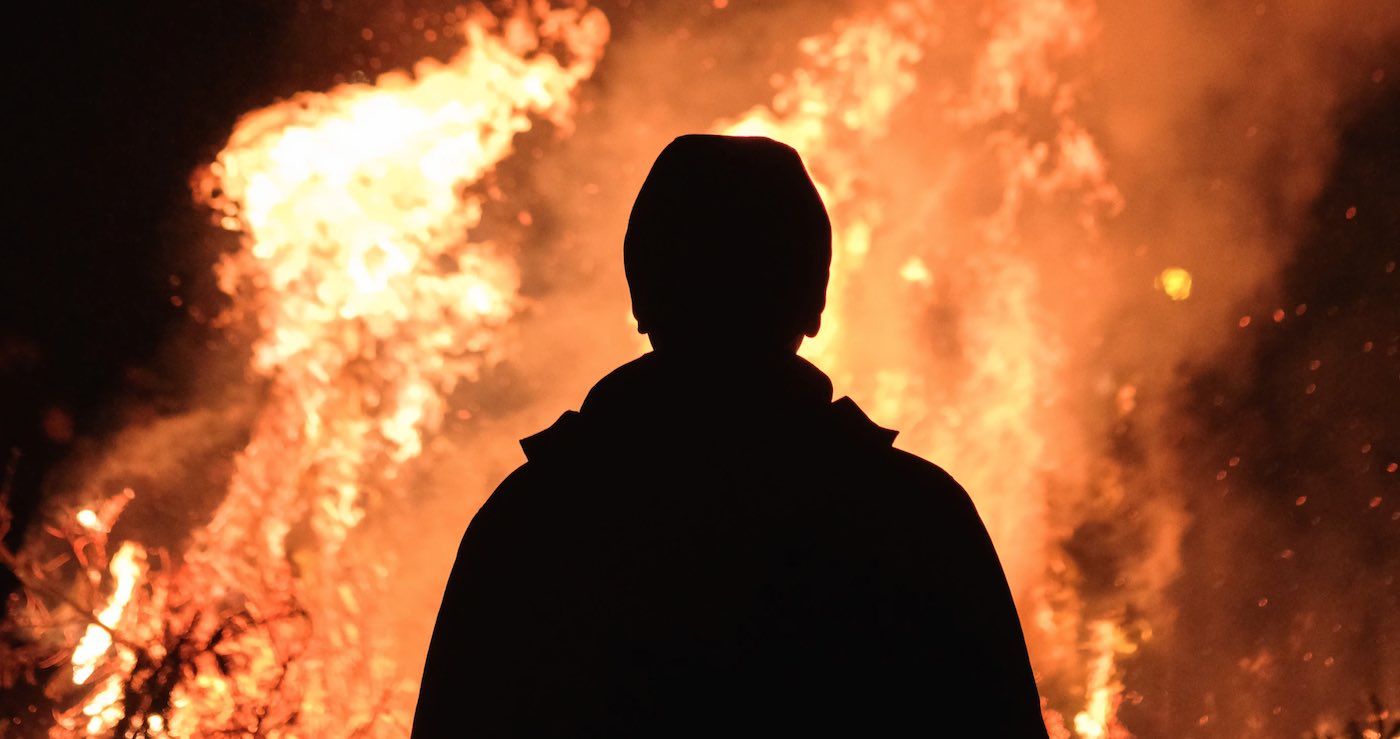With so much misery being felt in communities surrounding the West Coast wildfires, we were looking for any silver linings and wondering if these blazes might actually be beneficial to the environment. Our friends at the nonprofit EarthTalk had some answers…

On the plus side, forest fire does clear away the tinder-like overgrown understory that has resulted from years of forest management that avoided fire at all cost. Hundreds of years ago, many of the forests now on fire in California, Oregon and Washington had fewer yet larger and healthier trees. But these days, partly thanks to fire suppression regimes as well as other factors, forests are more crowded today with smaller, less healthy trees.
It’s also harder for those remaining mature, established trees to compete for nutrients and space with all the undergrowth that’s built up in recent decades. In these situations, small manageable fires (or even better, prescribed burns) cannot only be beneficial, but can help prevent larger fires down the road by clearing the weaker, smaller trees.
Another benefit of wildfire is the clearing of overgrown underbrush to make room for new grasses, herbs and regenerated shrubs that provide food and habitat for many wildlife species. Also, the removal of thick stands of shrubs increases the water supply for the remaining larger plants and trees—and also allows streams and rivers to swell, further benefiting ever-thirsty native flora and fauna.
Yet another benefit of fire is that it kills off fungi, bacteria, viruses and insects that can decimate tree and plant communities and entire forest ecosystems. According to CalFire, California’s statewide wildfire management agency, more trees die from insect infestation and disease than from wildfire; some fire actually helps keep forests devoid of such pests and healthier overall than without fire. CalFire points out that vegetation burned by wildfire provides a rich source of nutrients that nourish surviving trees and soil.
RELATED: Thousands of Aussies Are Heartened by Photos of Charred Landscapes Already Recovering From Bushfires
And periodic fire can be an important way to keep certain ecosystems in balance. Many trees have evolved with fire and some even require it for seed germination; a few species even sport leaves covered with flammable resins (manzanita, scrub oak, chamise) to encourage fires that help seed the next generation.
National Geographic reports that, surprisingly, wildlife casualties tend to be low during wildfire events, as animals—especially those native to the areas on-fire and evolved to respond to the threat—either burrow in the ground or flee to safer areas instinctively. But invasive plants and animals may not fare as well given lack of genetic imprinting to be on alert for the threat.
See how forest fires have helped endangered woodpeckers make a comeback at this recent GNN story—another reminder of nature’s resiliency.
EarthTalk® is produced by Roddy Scheer & Doug Moss for the 501(c)3 nonprofit EarthTalk. To donate, visit their website – or send questions to: [email protected].
SHARE the Silver Lining With Friends on Social Media…




















